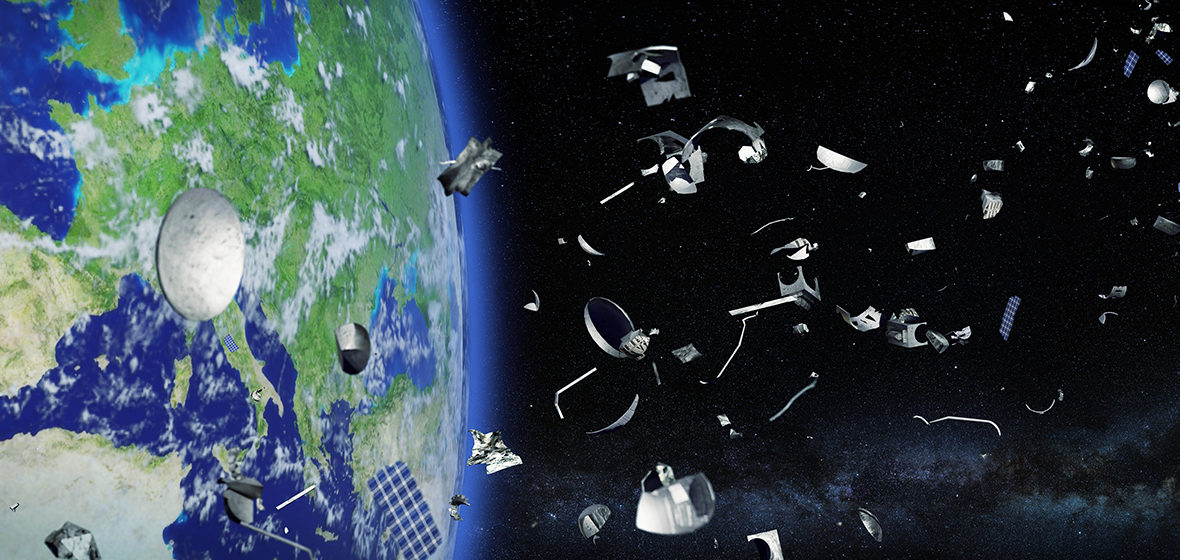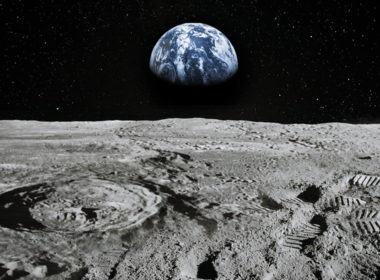Snapshot
- As space has become more ‘crowded’, space debris has emerged as one of the greatest challenges for the long-term sustainability of space activities.
- We recently witnessed the uncontrolled re-entry into the earth’s atmosphere of large pieces of debris from a rocket that landed in the ocean off the coast of the Maldives.
- A coordinated response at the international level is required, as the future of humanity is inextricably tied to our ability to ensure a viable long-term future for space activities.
Over the past six decades, space exploration and technology have revolutionised the world we live in. Beginning in the 1950s/1960s with an initial focus on Government-led military and scientific activities, our use of outer space has developed exponentially to the point where it now plays an essential role in everyday human activities, from agriculture to finance to communications to disaster management, among many others. Space is ubiquitous and continuous, and uncompromised access to space assets and data represents an essential element of critical infrastructure for virtually every country on the planet.
As the technology has developed, space has also become increasingly accessible to a wide range of non-governmental participants, and now represents a very significant commercial sector, estimated in 2020 to amount to $US380 billion. What’s more, the space economy worldwide has been growing at a significant rate of 8-10 per cent per annum (even during the COVID period), far exceeding the broader global economy. In Australia, the recently established (July 2018) Australian Space Agency is working towards a goal of growing the Australian space economy to $A12 billion by 2030. In essence, a (theoretical) ‘Day Without (Sustainable) Space’ would give rise to very significant negative consequences for every country, every community, every human on Earth. It is no exaggeration to note that the functioning of society as we know it would, in many respects, cease.
Law ‘making’ through global consensus
Developments in outer space are also intrinsically entwined with political conceptions and international relations. Particularly striking is the context in which the first significant breakthroughs in space technology occurred: a climate of fierce competition and near confrontation between the United States and the Soviet Union during the cold war. The fear of outer space being perceived as a State-dominated competitive area was at the heart of the principles of cooperation and peaceful purposes emphasised in the 1967 Outer Space Treaty, agreed through a United Nations consensus process, which is considered by many as the ‘constitution’ of international space law.
Four additional space treaties followed along with a range of other instruments, thanks to the ongoing work of the Committee on the Peaceful Uses of Outer Space (‘UNCOPUOS’) and its 100+ Member States and Permanent Institutional Observers. The treaties and instruments are intended to set out a framework of principles to guide responsible behaviour in space. The international principles, which impose both rights and obligations on countries (Australia is a party to all five of the treaties), have informed and shaped the development of national space law in approximately 30 countries. Australia has had a national space law since 1998, and this legislation has recently been reformed (and renamed) as the Space (Launches and Returns) Act 2018 (Cth).
Space debris: risks in space, in airspace and on Earth
The ‘spacescape’ is evolving rapidly, presenting States and other participants with great opportunities, but also significant challenges. Most notably, space debris has emerged as a pressing global threat, warranting a coordinated response at the international level. The European Space Agency has estimated that in Earth’s orbit there are more than 128 million pieces of debris smaller than 1 cm, about 900,000 pieces of debris 1–10 cm in length, and around 34,000 of pieces larger than 10 cm.




